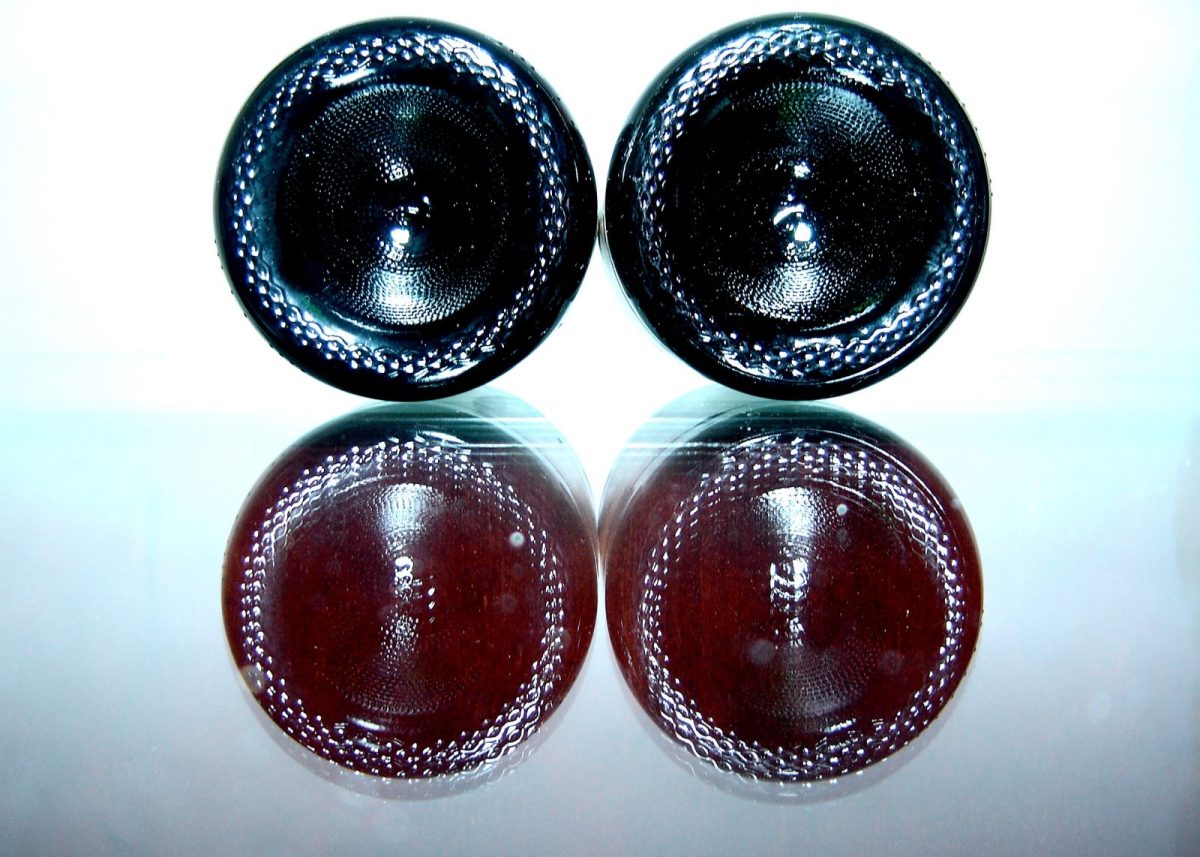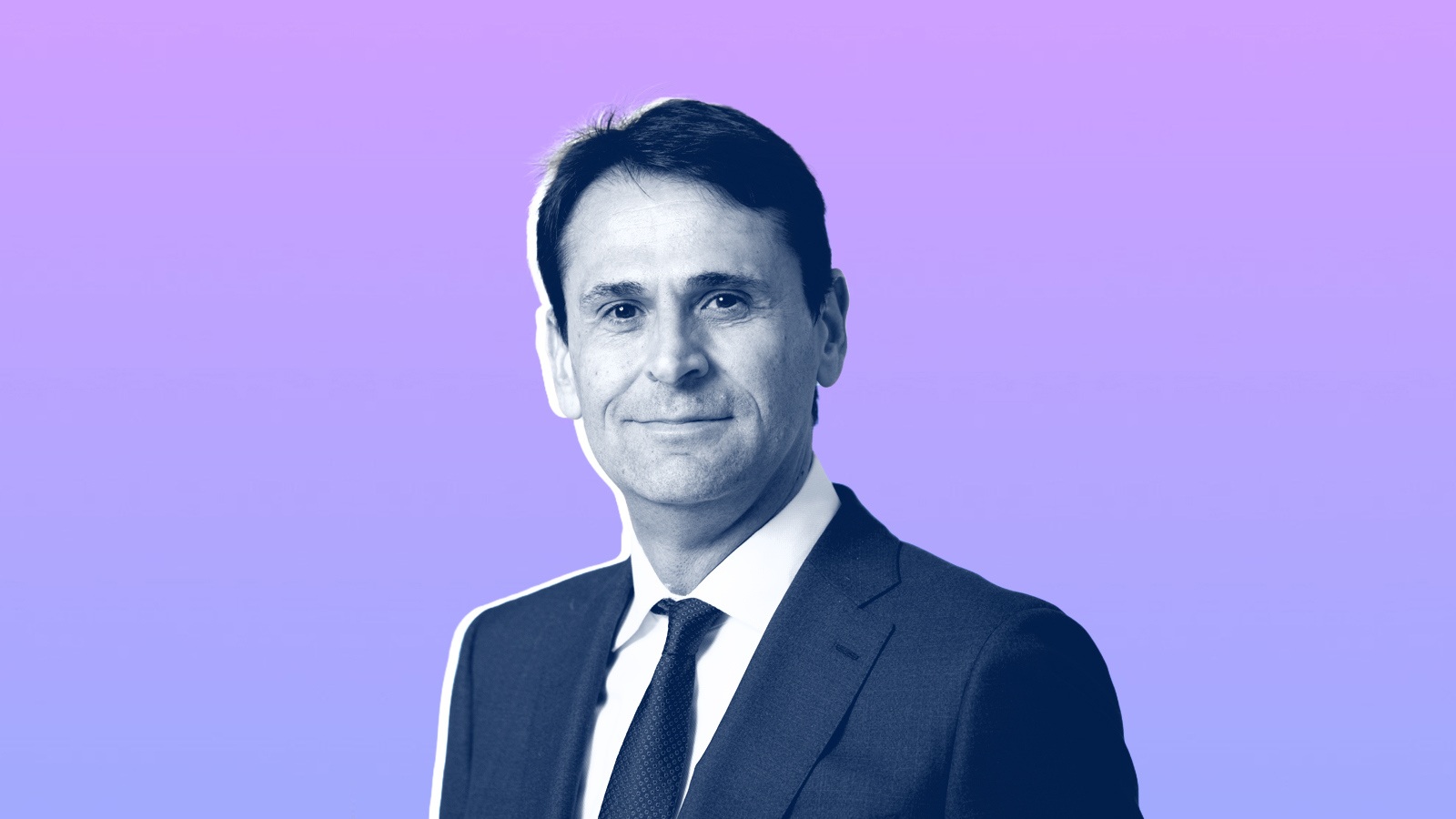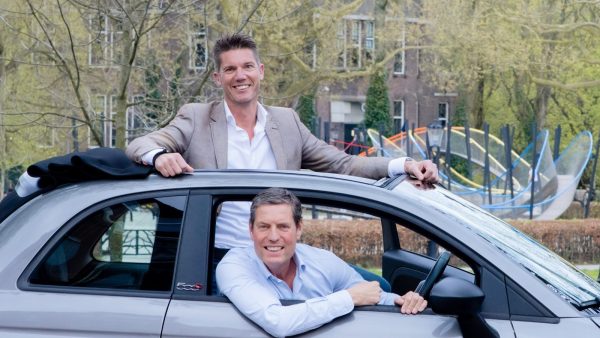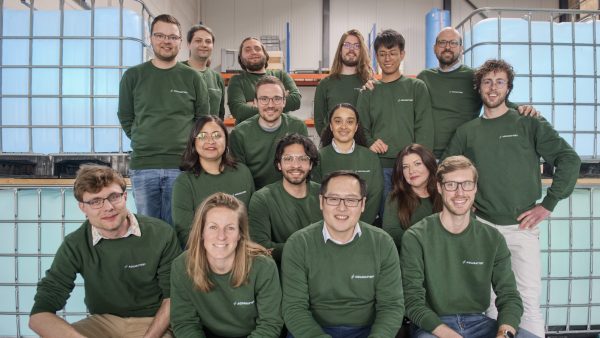Geen producten in je winkelwagen.
John Rauschkolb, founder and CEO of Panama-based La Hipotecaria, faced an ongoing dilemma. Should his mortgage company offer additional products to their existing customers, like personal and auto loans, or stay laser focused on low-end mortgages and expand into other countries as a way to diversify risk.
The answer to Rauschkolb’s question revolves around an important concept from Geoffrey Moore, the Silicon Valley icon who first emphasized the need for a “whole product” in what are now classic books, Crossing the Chasm and Inside the Tornado. An obvious example is Apple’s iPod and iTunes combined offering. Without both, either would have been incomplete. And because competitor Sony was unwilling to cannibalize their existing music label to provide a similar iTunes offering, their Walkman died as a partial solution.
The failure of many growth firms is in not pushing through the pain to achieve this 100% whole product solution. They work hard to provide a solution to a critical need, only to get about 80% of the way before getting bored and moving onto another product line, distribution channel, or market segment. This leaves the door open for a much more focused competitor to sneak in and take away the business with a more complete solution.
Before learning how La Hipotecaria rationalized their final decision, let’s dive into a specific example that highlights the power of Moore’s ideas.
Winterhalter Gastronom
German manufacturer Winterhalter Gastronom provides the perfect example of a 100% solution. First brought to my attention by Hermann Simon, author of Hidden Champions of the 21st Century, Winterhalter suffered from a lack of focus. Trying to serve various commercial segments, including hospitals, schools, restaurants, hotels, and business organizations, Winterhalter had achieved an unremarkable 5% market share.
The challenge is that each of these segments has unique requirements, though to the novice they might seem the same. The hospital segment’s main concern is dishware that is thoroughly sterile; a school faces high volume once per day; and a general business is looking for something functional and nice looking, though not critical to operations.
In turn, the restaurant and hotel segments require 24/7 high volume where the dishware is not only clean, but looks clean. So Winterhalter made a critical decision and jettisoned 80% of the segments they were in and focused more narrowly on just the restaurant and hotel segments.
Going Narrow and Deep
To provide the kind of 100% spotless looking solution these markets require, Winterhalter knew the quality of water coming into their machines is critical as are the detergents being used. Round-the-clock service is also a must.
In response, Winterhalter added a proprietary line of water conditioners. They ramped up their maintenance and service offerings to provide fast, 365 day, global response. And they developed specialty detergents for various dishware requirements like low temperature glassware cleaning situations.
As a result, today Winterhalter commands over 65% global market share in this narrower, but large, segment they call the “catering and hospitality” industry and counts as major clients McDonalds, Pizza Hut, and other major global chains.
The Winterhalter lesson – focus narrow and deep, then go global.
La Hipotecaria
Back to Rauschkolb’s dilemma. His team tackled the question of focus vs. a 100% solution at their recent strategic planning session. A couple of his senior members were particularly keen to expand the offering of personal loans to anyone since they were already offering these loans to new mortgage customers and had the systems in place to handle. Compounding the challenge was the fact that personal loans are more profitable than mortgages.
Using the Winterhalter case study, they affirmed their desire to stay laser focused on providing low-end mortgages for homes less than $80,000 and not expanding into more expensive homes, which is a different clientele. And they nixed auto loans since their systems aren’t geared for these types of transactions and the collateral can be more easily moved!
However, in many cases their clients have accumulated enough high-interest debt that it keeps them from qualifying for a mortgage. This is why they started offering personal loans in the first place, as a way to consolidate a bunch of smaller debts into a more reasonable monthly payment so the customer could then handle a mortgage payment. This was often the 100% solution their customers needed.
In turn, providing personal loans to a customer that didn’t have a mortgage with La Hipotecaria increased Rauschkolb’s risk and wasn’t critical to their marketing approach. So in the end, they decided to stick with their narrower segment of mortgage lending and expand more rapidly into other Latin American countries. As for personal loans, they are offered only when a person qualifies and it helps them obtain a La Hipotecaria mortgage.
What is the narrowest focus you can achieve and still provide a 100% solution?
Lees ook:
5 marketingtips van Verne Harnish
6 salestechnieken in Verne Harnish
Verne Harnish: vier noodzakelijke marketingstrategieën









